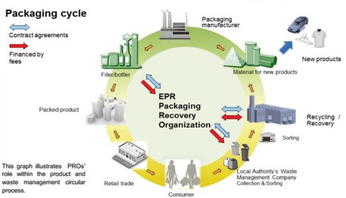Nanostructured Multilayer B4C/B9C and Si/Si0.8Ge0.2 Films for Advanced Detector and Thermoelectric Applications
Presented by P. M. Martin, Pacific Northwest National Laboratory
Thermoelectric devices show significant promise for harvesting and recovery of waste heat from diesel engines, exhaust systems and industrial heat sources, and for ambient power sources. While these devices convert a heat flow directly into electrical energy, cooling can be accomplished by the same device with application of a direct current (Peltier effect). Conversion efficiencies of bulk thermoelectric systems, however, are still too low for economical power conversion in these applications. Thermoelectric nanostructured devices (quantum wells, superlattices, nanotubes) have demonstrated the potential for increased efficiencies and utilization of waste heat. Although reported efficiencies are well above 15%, fabrication costs are still too high for use in industrial applications. To realize this efficiency goal of ~ 20% and power generation in the kWMW
range, large quantities of nanostructured/superlattice materials are required.
Additionally, if the figure of merit (ZT) of these superlattices can be increased to > 2, even less superlattice material will be required to generate electric power from heat. We report on development of and recent progress in scale up of Si/ Si0.8Ge0.2 and B4C/B9C superlattices and p-Bi2Te3/n-Bi2Te3 multilayers for thermoelectric applications, and particularly for fabrication of large quantities of these materials, with the potential for depositing these materials on a web. We have scaled up the magnetron sputtering process to produce large quantities of Si/ Si0.8Ge0.2 and B4C/B9C superlattices with high power factors at low cost. Superlattices with up to 1000 layers were deposited onto substrate areas as large as 0.5 m2 by magnetron sputtering. Initial studies showed that the power factor of these superlattices was high enough to produce high efficiency thermoelectric devices. Both p- and n-type superlattices were fabricated to form a complete thermoelectric power generating device. Patterned thin film p-Bi2Te3/n-Bi2Te3
p-n couples were deposited on polyimide webs for ambient energy harvesting. These films generated voltages as high as 4 V.
This post is for paying members only
SubscribeAlready have an account? Log in

